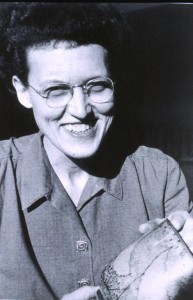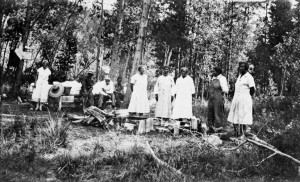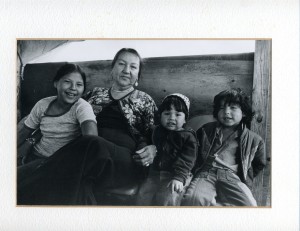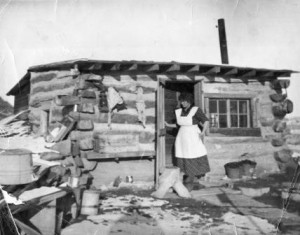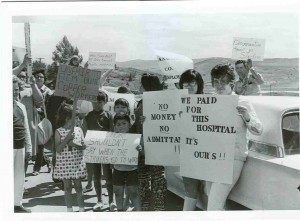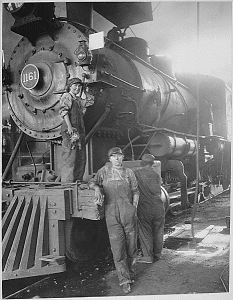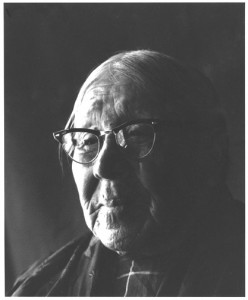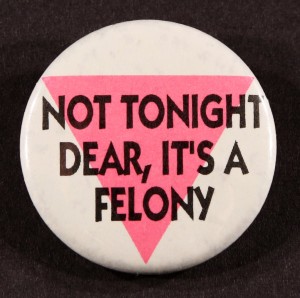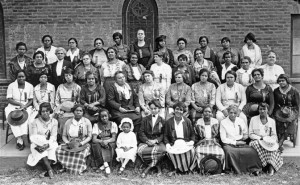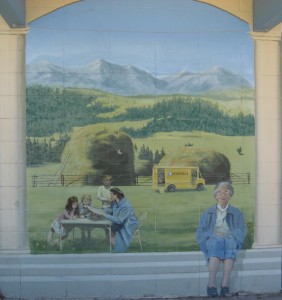
Born in 1910 as Halley’s Comet streaked by, Inez Ratekin Herrig died ninety-four years later, an exemplary engaged citizen and community champion. For all but two of those years Herrig lived in Libby, Montana; for all but twenty years she occupied her parents’ small art- and music-filled home. In young adulthood, she helped to care for her older brother, who had encephalitis and Parkinson’s. She also helped support her family when her father lost his sight. In 1953, at the age of forty-three, she married Bob Herrig, an educator and forester with deep local roots. In a life framed by duty, social convention, and the economic and geographical confines of her remote northwestern Montana home, Herrig served her community as librarian, engaged volunteer, policy advocate, and local historian.
Herrig’s passion for books and for community service surfaced at age twelve when she began volunteering at Libby’s tiny public library. In 1927, a year out of high school, she took library work in Seattle to fund classes at the University of Washington. Two years later, facing the Depression and her parents’ poverty, she returned home to fill the vacant Lincoln County librarian position, a job she would hold for the next sixty years.
Continue reading Inez Ratekin Herrig, Lincoln County’s Tireless Citizen
